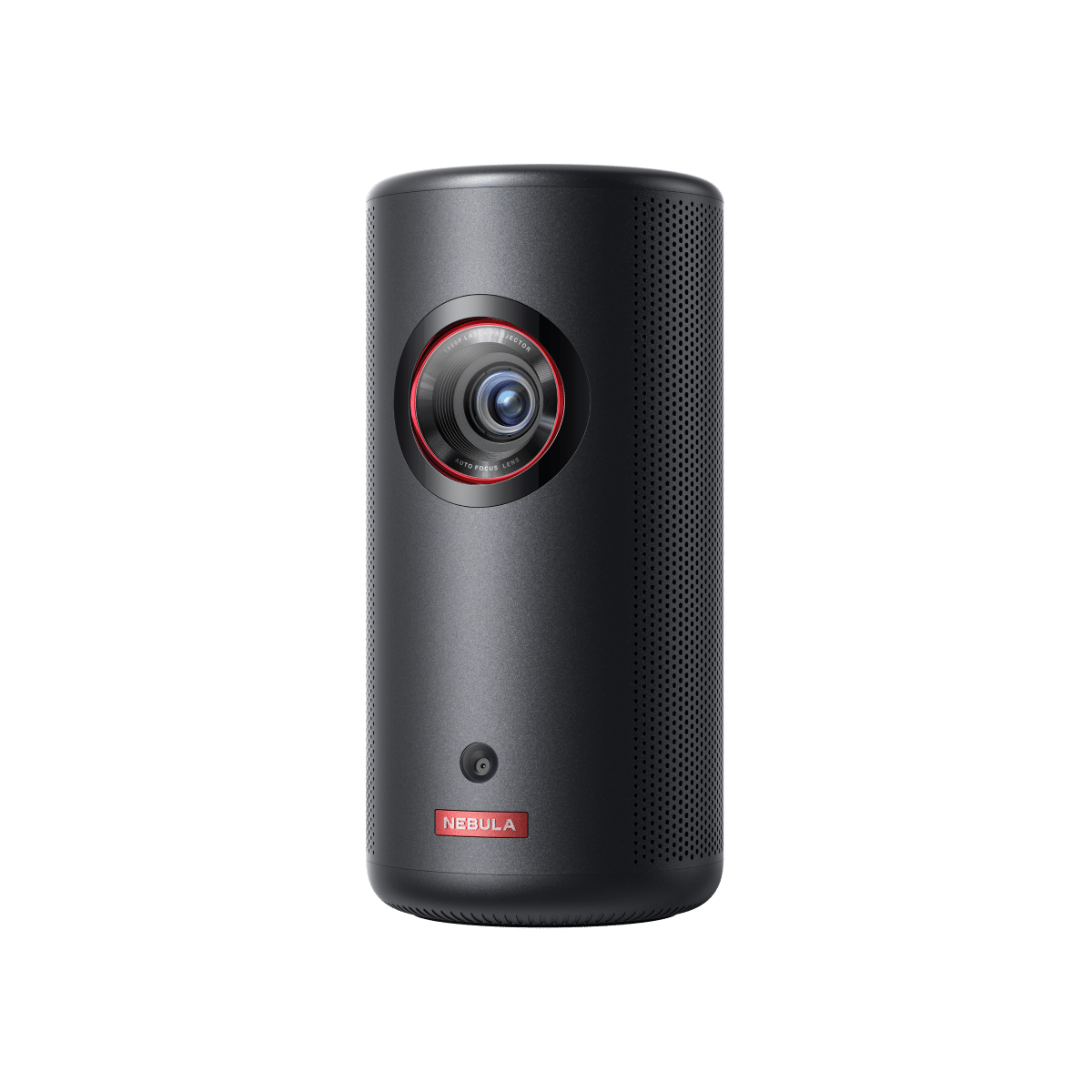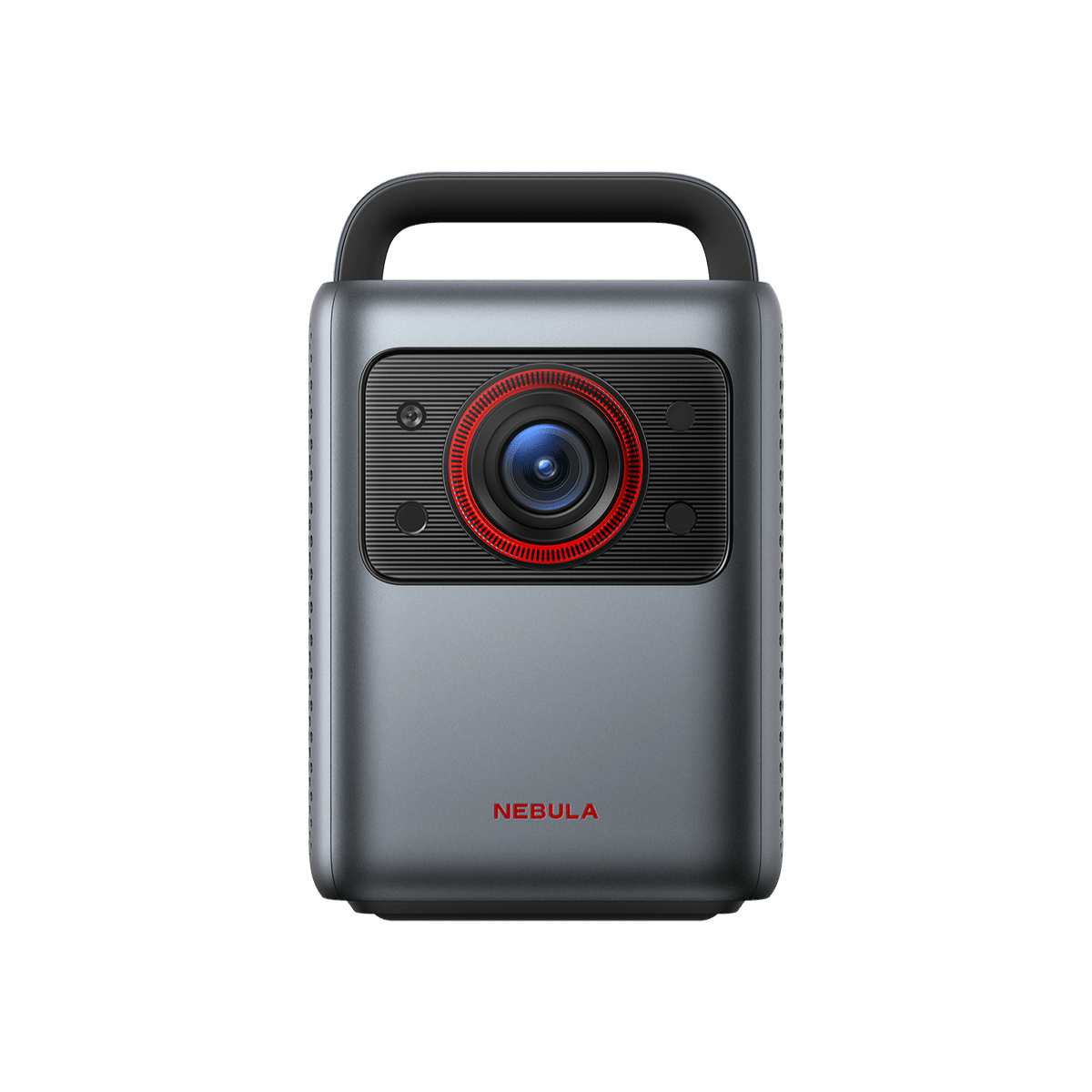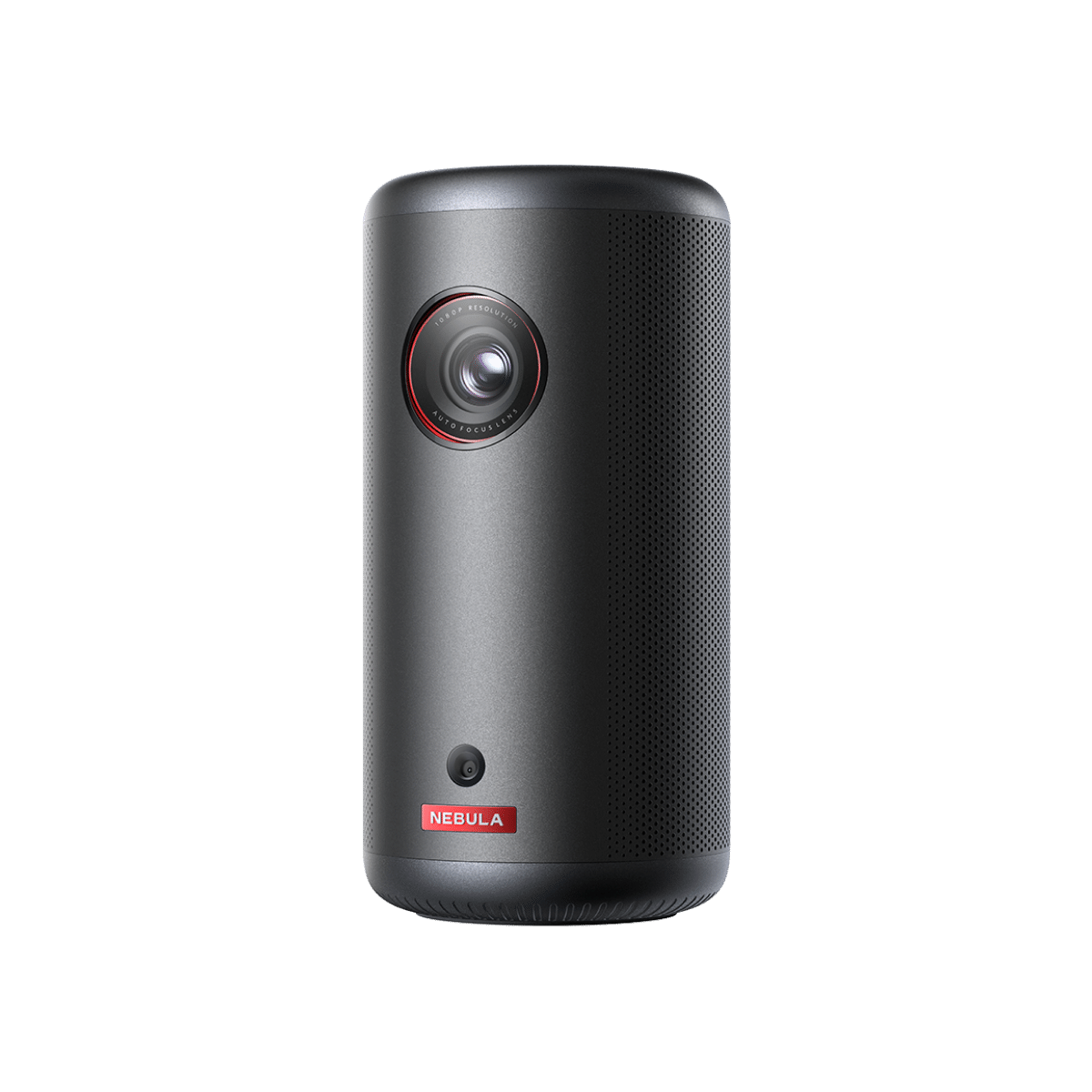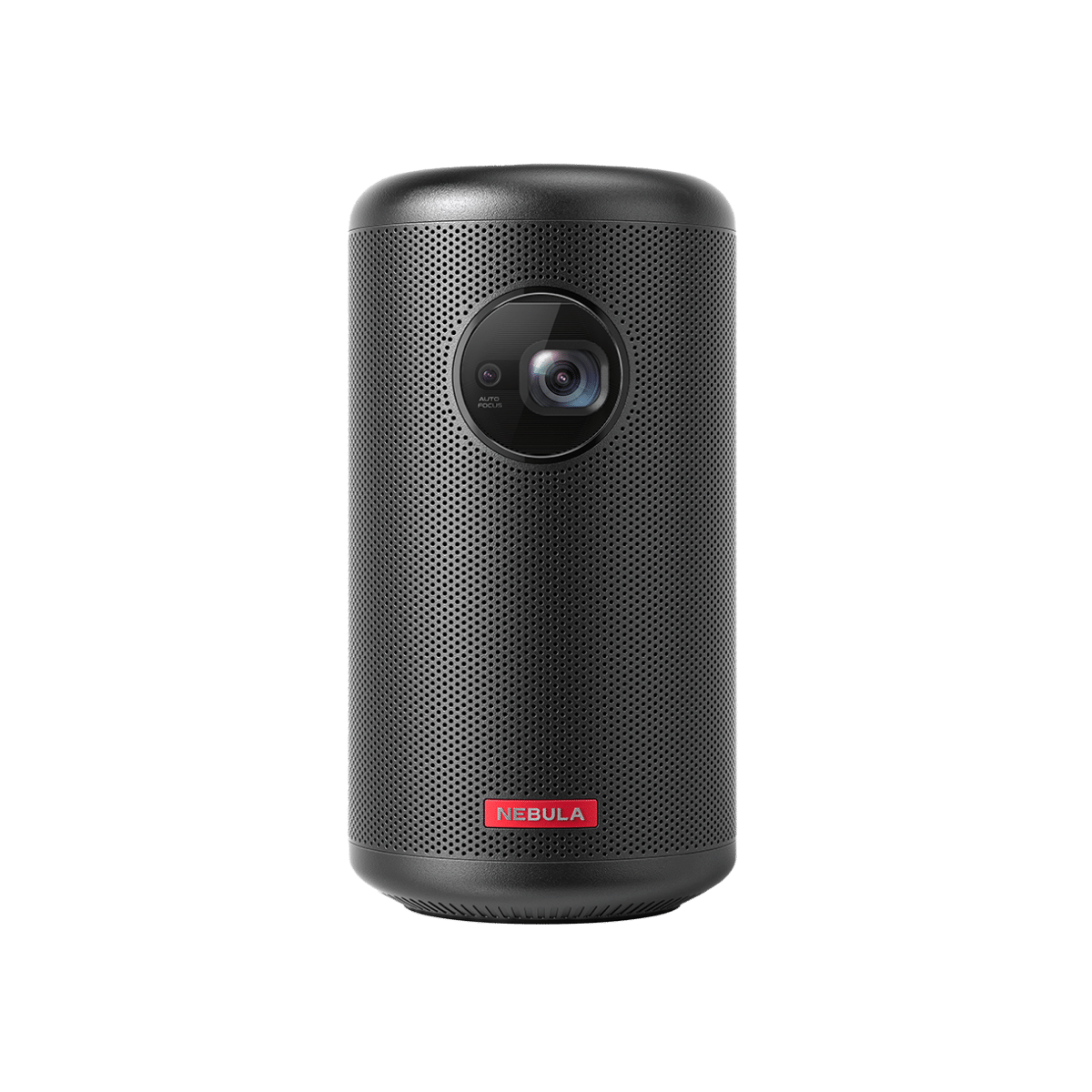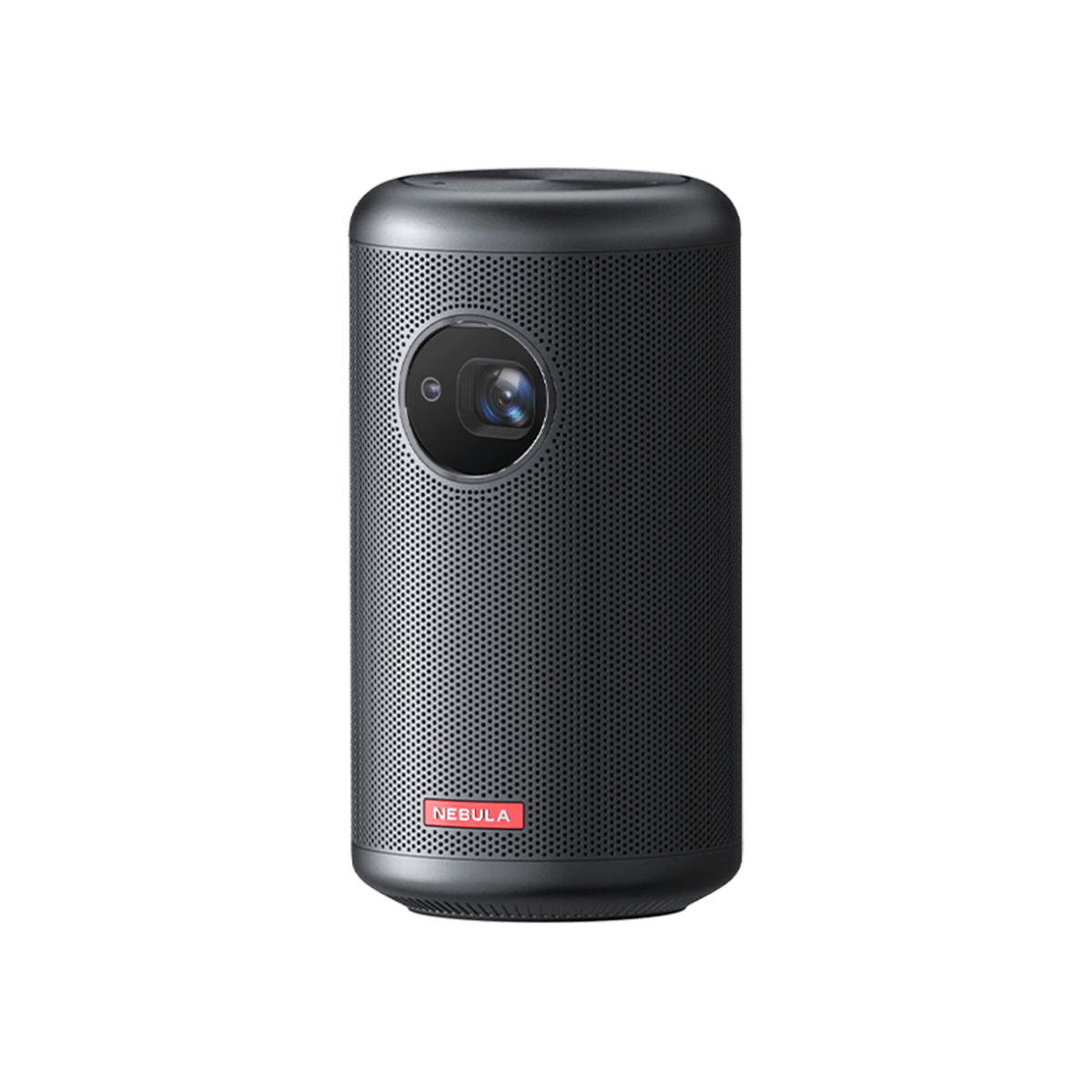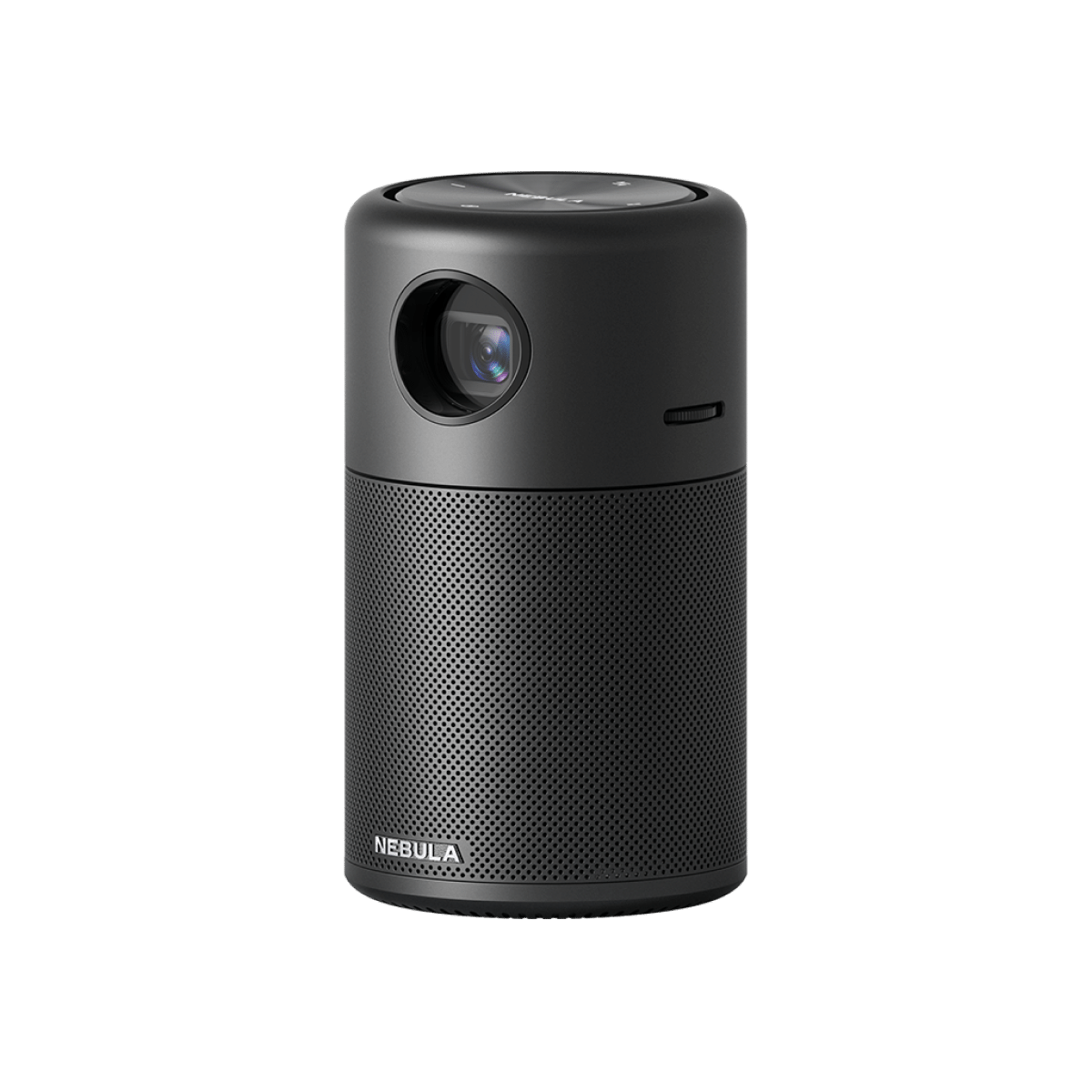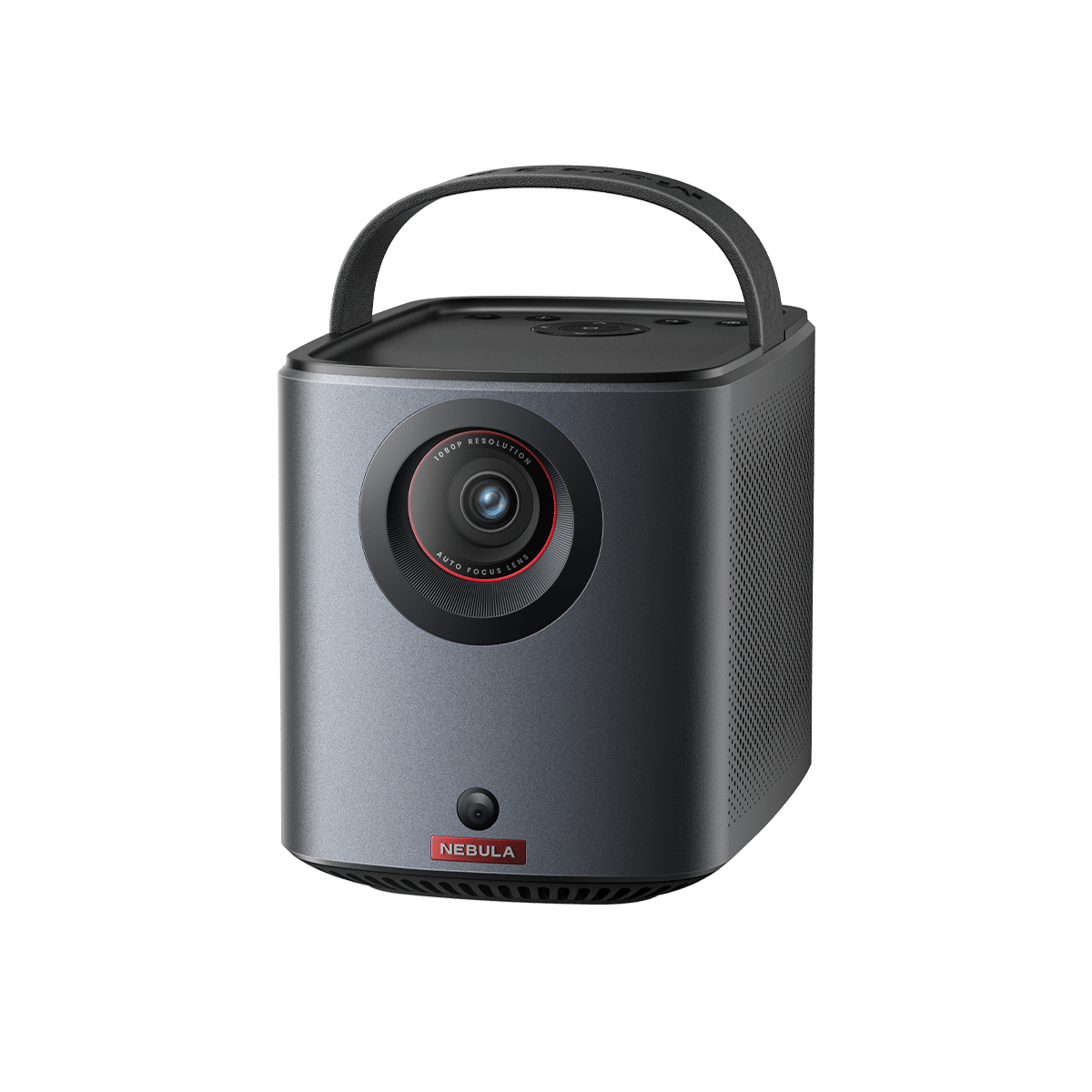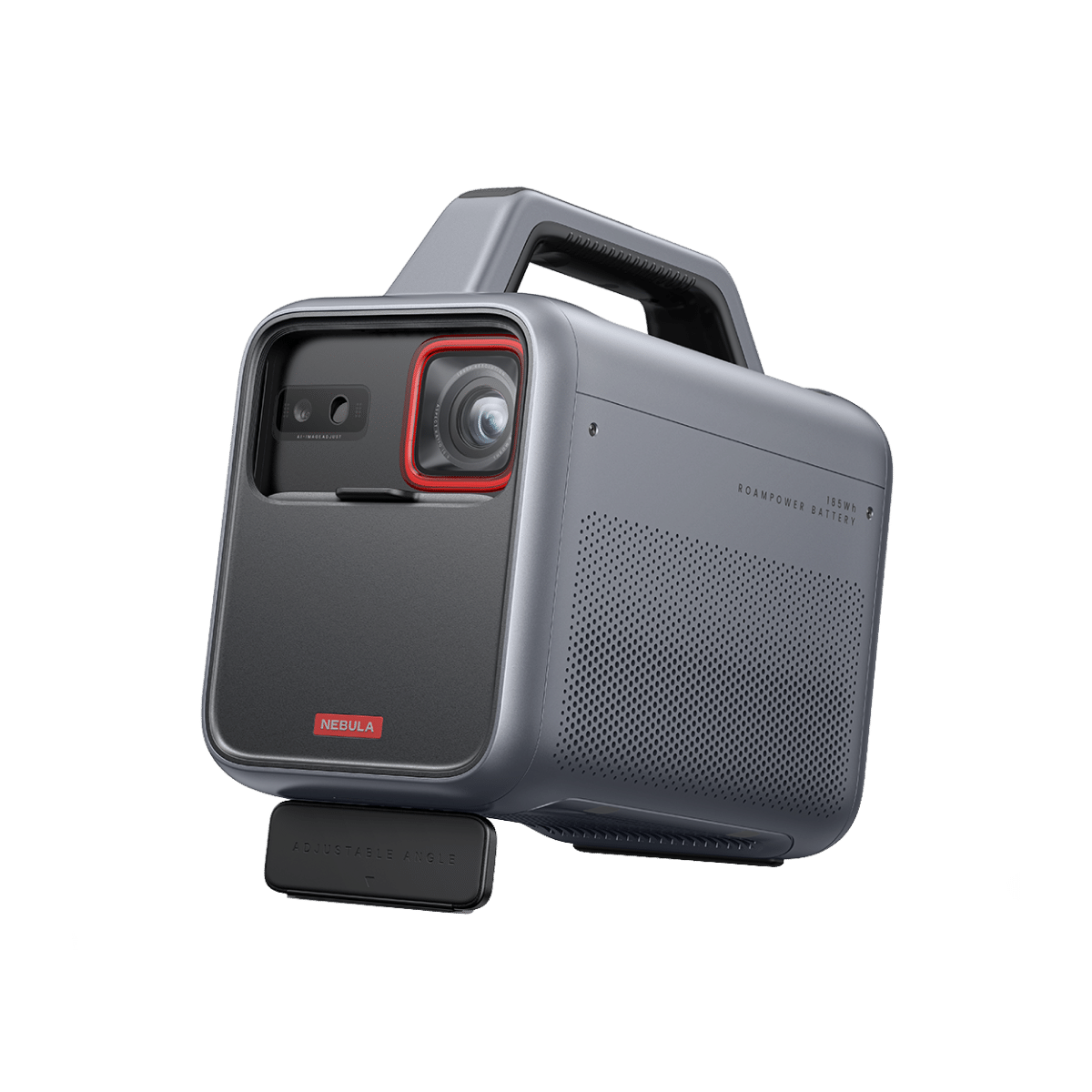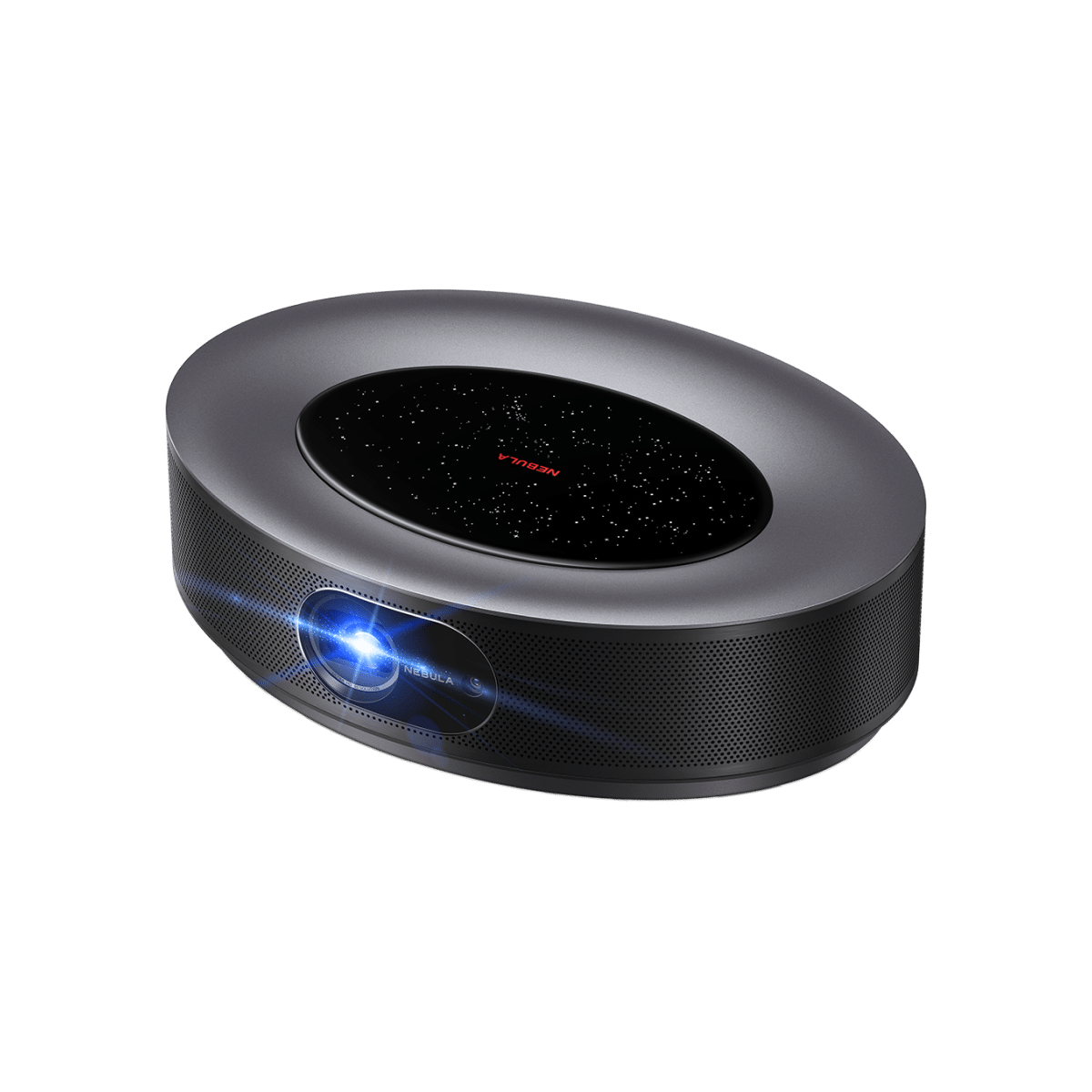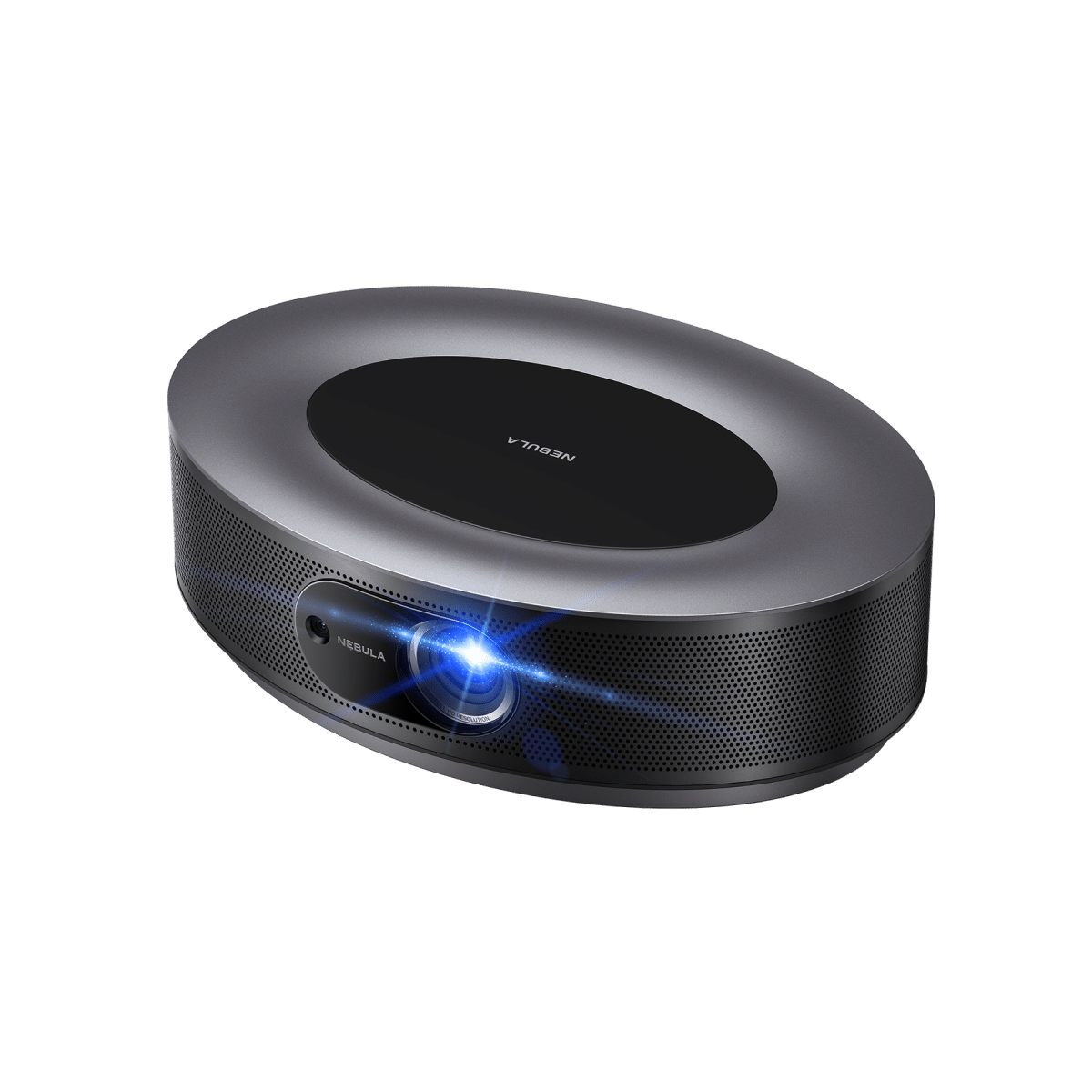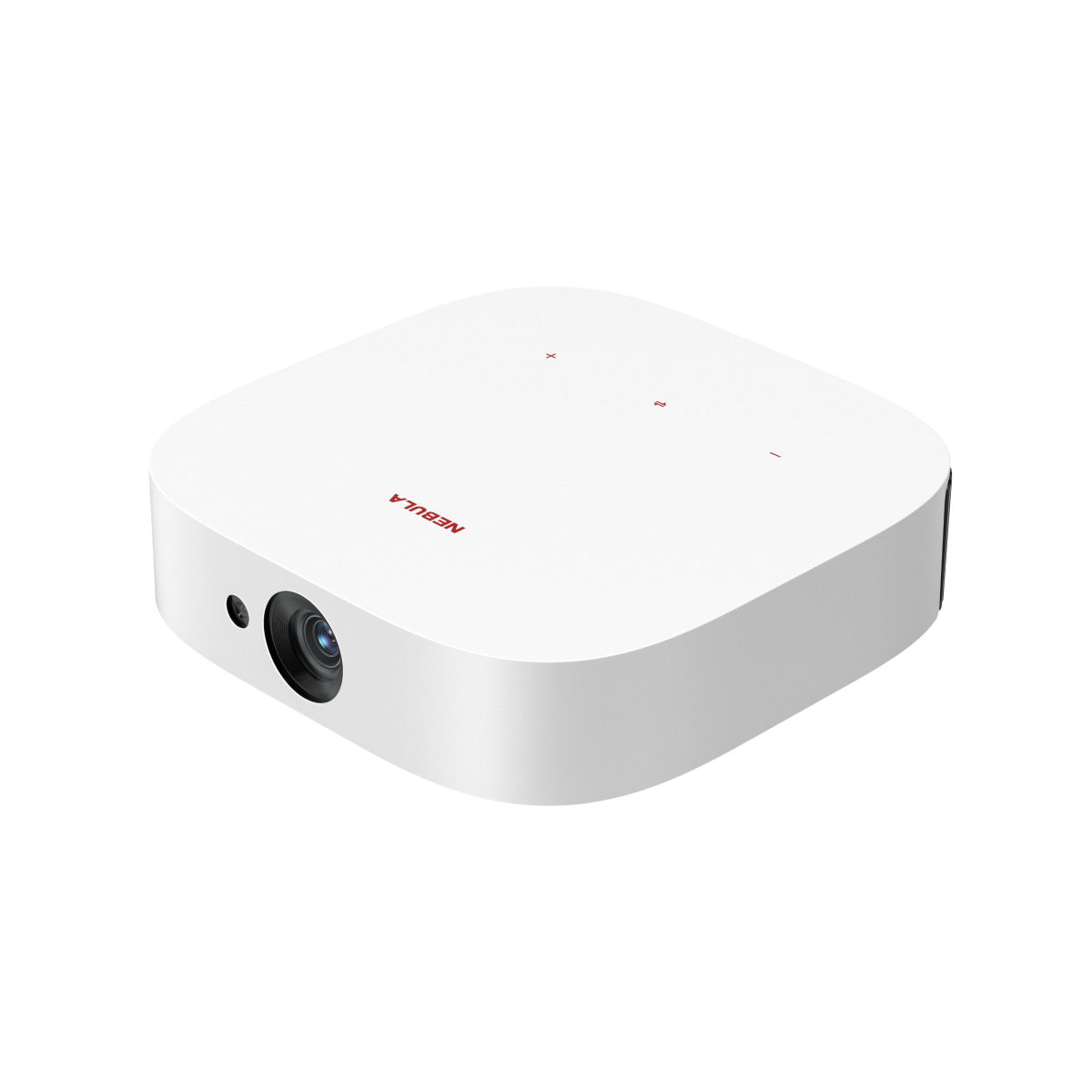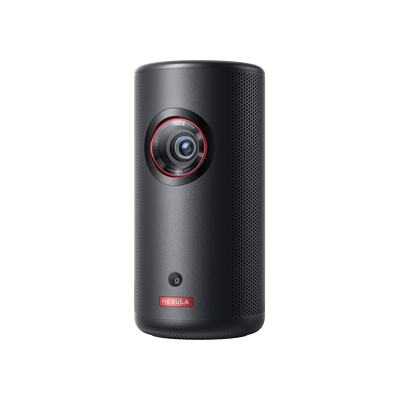When it comes to elevating your home theater or presentation setup, the devil is in the details. One detail that's often overlooked? Projector screen material.
While projectors get the limelight, the material of the screen often remains an afterthought. But it shouldn't be. The screen's material influences everything from image quality to durability.
This article probes deep into the nuances of projector screen material, arming you with the knowledge you need to transform your images from passable to magnificent.
Now, let's get into the thick of it by going over some key factors to keep in mind.

Factors to Consider in Choosing the Best Material for a Projector Screen
Understanding the factors that affect your decision is crucial before getting into the specifics of projector screen materials.
Here are 10 of the most important details to bear in mind.
Room Lighting
Room lighting plays a pivotal role in determining the best material for a projector screen. Bright rooms require materials with higher gain to counteract ambient light.
Conversely, darker rooms can accommodate lower gain materials. Reflective projector screen material is often recommended for rooms with more light. Blackout cloth for projector screen is a viable option for darker settings.
Viewing Angle
The viewing angle is the area where the image remains clear and bright. Wide viewing angles are essential for larger audiences or unconventional room setups.
Materials like matte white offer a wide viewing angle, while high-gain materials may limit it. When considering what to use for a projector screen, factor in the layout of your viewing area.
Projector Type
Different projectors are compatible with different screen materials. For instance, DLP projectors work well with most materials, while LCD projectors may require specialized screens for optimal color reproduction.
DIY rear projection screens are often used with short-throw projectors. Knowing your projector type is crucial for selecting the best material for projector screen. Additionally, Short-Throw Projectors are compatible with DIY rear projection screens. On the other hand, Outdoor Projectors require durable outdoor projector screen material to withstand varying weather conditions and other outdoor elements.
Resolution Needs
Your projector's resolution and the content you plan to display dictate your choice of projector screen material. High-definition content demands a screen material that can handle finer details.
Some DIY projector screen material options include smooth, high-quality fabrics that can support 4K resolution. If you're not displaying HD content, you might consider more forgiving movie screen materials.
Color Accuracy
Color accuracy is non-negotiable for a true-to-life viewing experience. Materials like matte white or grey are often recommended for their neutral color reproduction.
However, some specialized projector screen materials are designed to enhance certain color spectrums. When pondering what can I use for a projector screen, consider your color accuracy needs.
Screen Size
The size of your projector screen is another crucial factor. A larger screen demands a material that displays without distortion, while a smaller one might be more forgiving. The room's dimensions affect the screen's size, requiring materials that can scale without compromising clarity.
Additionally, the viewing distance and aspect ratio play roles in material selection. Notably, while projector screen alternatives like painted walls or sheets might suffice for small setups, dedicated materials such as vinyl or fabric are preferred for larger displays. Therefore, understanding screen size and its requirements is essential for optimal material choice.
Portability
If you need a mobile setup, portability becomes a key factor. Lightweight materials like blackout cloth for projector screen or specialized portable screen fabrics are ideal.
Some DIY projector screen material options are also foldable, making them easy to transport. When considering what to use as a projector screen, think about how often you'll move it.
Budget Constraints
Budget often dictates your choices. While specialized projector screen materials offer premium quality, they come at a cost.
On the other hand, DIY projection screen fabric or even a bed sheet as a projector screen can be cost-effective alternatives. It's crucial to balance your budget with your needs to find the best material for projector screen.
Acoustic Transparency
For those with a sound system behind the screen, acoustic transparency is a must. Specialized movie screen materials allow sound to pass through without distortion.
DIY rear projection screens can also be made acoustically transparent with the right material. When deciding what can I use as a projector screen, consider the placement of your speakers.
Durability
Durability is a vital consideration, especially for permanent installations or outdoor setups. Outdoor projector screen material is designed to withstand the elements, while other specialized projector screen materials are tear-resistant and easy to clean.
When considering painted projection screens, ensure the paint is durable and won't chip over time.

Best Projector Screen Materials
Now, what can I use as a projector screen? The answer isn't one-size-fits-all.The right material can make a world of difference in image quality, color reproduction, and overall viewing experience.
Here's an in-depth list of the best projector screen materials to help you sort through the sea of choices:
Matte White
Matte White is the go-to standard for projector screen materials. It offers a smooth, white surface that provides excellent color reproduction and image clarity.
The material is versatile and works well in environments with controlled lighting. It's a solid choice for both home theaters and business presentations.
- Versatility: Works well for various applications.
- Color Accuracy: Excellent color reproduction.
- Light Control: Best in controlled lighting conditions.
- Cost-Effective: Generally less expensive than specialized materials.
High Contrast Gray
High Contrast Gray screens are designed to enhance black levels, especially in rooms with ambient light. This material improves the perceived contrast and helps in delivering richer blacks.
It's a good fit for projectors with higher lumens and rooms where total light control is not possible.
- Enhanced Blacks: Improves black levels for better contrast.
- Ambient Light: Performs well in rooms with some light.
- High Lumens: Ideal for projectors with higher light output.
- Color Depth: Offers deeper color saturation.
Glass Beaded
Glass Beaded screens are coated with a layer of reflective glass beads. This increases the screen's gain, making the image brighter.
However, the viewing angle is often limited, and these screens are more susceptible to "hot spotting," where the center of the screen is much brighter than the edges.
- High Gain: Increases image brightness.
- Limited Viewing Angle: Best viewed from the center.
- Hot Spotting: Risk of uneven brightness.
- Specialized Use: Not ideal for general-purpose applications.
Silver
Silver screens are a throwback to the early days of cinema but have modern applications, particularly in 3D projection systems. The metallic content enhances reflectivity, making it suitable for low-light projectors.
- High Reflectivity: Enhances brightness and contrast.
- 3D Projection: Often used in 3D systems.
- Narrow Viewing Angle: Best viewed straight-on.
Acoustically Transparent
Acoustically Transparent materials are designed to let sound pass through the screen, allowing for speaker placement behind the projector backdrop. This creates a more immersive audio-visual experience.
The material usually consists of a woven or perforated fabric but may reduce image quality slightly due to its porous nature.
- Sound Permeability: Allows for behind-screen speaker placement.
- Immersive Experience: Enhances audio-visual integration.
- Slight Image Compromise: Porosity can affect image quality.
- Specialized Use: Ideal for advanced home theaters.
Rear Projection
Rear Projection screens are specialized projector screen materials designed for projectors placed behind the screen. This is commonly used in commercial applications or situations where front projection is not feasible.
The material is usually more rigid and can be translucent or opaque depending on the application.
- Space-Saving: Eliminates need for projector placement in audience space.
- Commercial Use: Common in retail and professional settings.
- Rigidity: Generally more rigid than front projection materials.
- Translucency Options: Available in varying degrees of translucency.
Blackout Cloth
Blackout Cloth is a budget-friendly option often used for DIY projector backdrops. It's a thick, opaque fabric that prevents light penetration, ensuring a clear and vivid image. However, it may lack the smooth texture of specialized screen materials, which could slightly affect image quality.
- Budget-Friendly: Ideal for DIY setups.
- Light Blocking: Opaque material prevents light penetration.
- Texture: May not be as smooth as specialized materials.
- Versatility: Suitable for both indoor and outdoor use.
Airbright 3D
Airbright 3D is a specialized projector screen material designed for 3D projections. It has a high gain, which makes it ideal for environments where a brighter image is needed.
- 3D Optimization: Designed for 3D projection systems.
- High Gain: Produces a brighter image.
- Limited Viewing Angle: Best viewed from a central position.
Fiberglass-backed
Fiberglass-backed screens are designed for durability and longevity. The fiberglass backing adds rigidity, reducing wrinkles and waves that can distort the image. This type of projector screen material is often used in high-traffic areas like schools or business settings.
- Durability: Fiberglass backing enhances lifespan.
- Image Quality: Reduces wrinkles and waves.
- High-Traffic Use: Ideal for schools and businesses.
- Cost: Generally more expensive due to added durability.
Perforated Vinyl
Perforated Vinyl screens come with tiny holes that allow sound to pass through, similar to acoustically transparent screens. However, these are made of vinyl, making them easier to clean and more durable. They are often used in outdoor settings or places where the screen may be exposed to the elements.
- Sound Permeability: Allows sound to pass through.
- Durability: Vinyl is easy to clean and weather-resistant.
- Outdoor Use: Suitable for exposed environments.
- Image Compromise: Tiny holes can slightly affect image quality.
Woven Acoustic
Woven Acoustic screens are similar to acoustically transparent screens but are made of a woven fabric that provides a more natural texture. This material allows for excellent sound permeability and is often used in high-end home theaters where audio quality is a priority.
- Sound Permeability: Allows for optimal sound passage.
- Natural Texture: Woven fabric enhances image quality.
- High-End Use: Common in advanced home theater setups.
- Cost: Typically more expensive due to specialized weaving.
Conclusion
You can now make a choice that transforms your visuals into a masterpiece. Be sure to remember, that the screen is an active player in how well your visuals translate.
Don't let your choice be an afterthought; it's the canvas on which your visuals come to life. Choose wisely, and relish the brilliance of your next viewing experience. After all, even the best projector can't shine without the right screen.
FAQ
H3: What is the Best Surface to Project Onto?
The ideal surface for projection largely depends on your specific needs and the environment in which the projector will be used.
Specialized projector screen materials like Matte White, High Contrast Gray, or Ambient Light Rejecting are generally the best options for high-quality image reproduction. These materials are engineered to enhance color accuracy, contrast, and overall image quality.
H3: Can a Projector Screen Get Wet?
The answer to this question varies based on the type of projector screen material you're using. Traditional materials like Matte White or High Contrast Gray are not designed to withstand moisture and can be damaged if they get wet.
However, there are specialized outdoor projector screens made from weather-resistant materials like Perforated Vinyl that can handle exposure to the elements.
If you anticipate needing a screen that can get wet, it's crucial to invest in a material specifically designed for outdoor or high-moisture environments.
